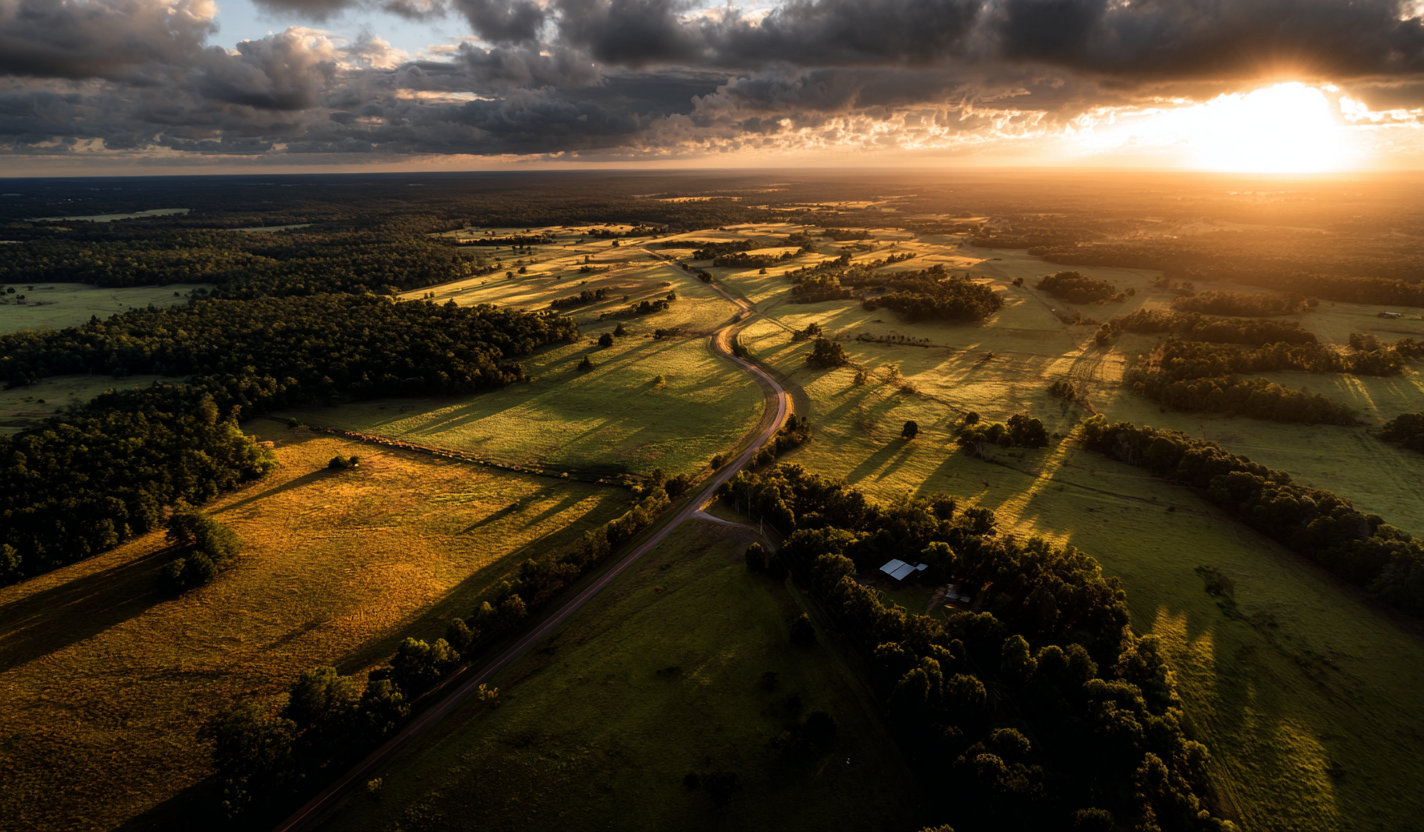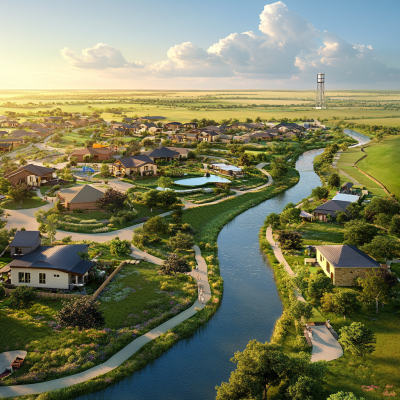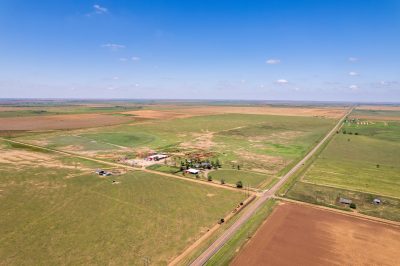Real estate professionals are watching two completely different markets unfold. Residential is locked up. Land and ranch properties are not.
According to a recent Newsweek report on Redfin data, only 2.8% of American homes changed hands in the first nine months of 2025 just 28 out of every 1,000 properties. This marks the lowest turnover rate in at least 30 years. Newsweek In 2021, during the pandemic buying frenzy, 43 out of every 1,000 homes sold Newsweek representing a 37.7% drop in transaction volume.
But Texas land markets are operating under different dynamics. While suburban homes sit, ranches and acreage continue to trade. Understanding why requires looking past headline rates and into what’s actually driving buyer and seller behavior.
Why Residential Markets Have Stalled
The residential freeze stems from three compounding factors that have created what economists call a “rate lock-in effect.”
Mortgage rate disparity: According to Redfin’s analysis of Federal Housing Finance Agency data, 70.4% of homeowners hold mortgages below 5%, with many clustered around the pandemic-era lows near 2.6% Redfin. Current rates hover above 6%. The monthly payment difference on a $400,000 mortgage between 2.6% and 6.5% exceeds $900. Homeowners aren’t irrational for staying put they’re doing the math.
Price appreciation without wage growth: Harvard’s Joint Center for Housing Studies reports that home prices are up 60% nationwide since 2019 Harvard Joint Center for Housing Studies, while median household income growth has lagged significantly. First-time buyers face an affordability crisis. Move-up buyers face the double penalty of selling their low-rate mortgage and buying into a higher-rate environment.
Economic uncertainty: Inflation volatility, shifting employment patterns, and policy unpredictability have buyers and sellers both hitting pause. When the economic outlook is unclear, people defer major financial decisions.
The result is market paralysis. Inventory remains 20% below pre-pandemic levels Newsweek. Showings are down. Offers are cautious. The residential market is waiting for something to break loose.
Why Texas Land Markets Operate Differently
Land and ranch properties don’t follow residential cycles for several structural reasons.
Non-fungible assets: Residential homes within a subdivision compete directly with each other. Land parcels do not. Acreage size, soil quality, water rights, road access, and utility availability create unique value propositions. A 500-acre ranch with live water in the Hill Country has no direct substitute.
Different buyer profiles: Land buyers typically have longer investment horizons and are less rate-sensitive. Many pay cash. Those financing view land as a multi-generational asset, not a three-to-seven-year hold. The calculus around borrowing costs changes when the expected ownership period is measured in decades.
Competing land uses drive demand: Texas land faces upward price pressure from solar development, data centers, and energy infrastructure. Oracle’s recent expansion and the surge in AI-driven data center construction have made proximity to fiber and power corridors a premium attribute. Land isn’t just competing with other land it’s competing with commercial and industrial use cases that can justify higher prices.
Limited new supply: Unlike residential subdivisions that can expand outward, well-located land with desirable attributes is finite. Approximately 300 million acres are projected to change hands over the next 20 years as generational transfers occur, but prime Texas acreage remains scarce.
The Purposeful Pause vs. The Freeze
What we’re seeing in land markets is not paralysis it’s selectivity.
Buyers are active but deliberate. They’re conducting more due diligence, requesting surveys and soil tests, and negotiating terms more carefully. Sellers with realistic pricing are still moving properties, particularly those with clear water rights, accessible locations, or development potential.
This dynamic differs fundamentally from residential markets where transactions have simply stopped. The land market has shifted from the frenzied 2021 pace to a more measured cadence. Deals are taking 90 to 120 days instead of 30. Buyers are making offers below ask but still closing. Sellers are accepting that 2021 multiples are gone but finding that well-positioned properties still command strong prices.
Transaction volume is down, but quality buyers remain in the market. The difference between a freeze and a strategic pause is that one lacks activity entirely, while the other features informed participants making calculated moves.
What This Means for Buyers and Sellers
If you’re selling Texas land or ranch property:
Price realistically from the start. The days of multiple over-ask offers are behind us. Work with an agent who understands current comps and can justify your price with comparable sales data, not 2021 wishful thinking.
Highlight competitive advantages. Water rights, utility access, development potential, and proximity to growth corridors matter more now than ever. Market what makes your property irreplaceable.
Be patient but not stubborn. The right buyer will emerge, but they’ll conduct thorough due diligence. Properties priced correctly are moving within 120 days.
If you’re buying:
This is the most leverage you’ve had in five years. Sellers are more willing to negotiate on price, terms, and contingencies. Don’t mistake a measured market for a desperate one, but recognize you have room to structure favorable deals.
Focus on fundamentals. Soil quality, water access, road frontage, and utility availability will always hold value regardless of market cycles. Land adjacent to energy corridors or fiber infrastructure is seeing sustained demand.
Think long-term. If you’re buying land as a multi-generational investment or lifestyle property, short-term rate fluctuations matter less than location, attributes, and scarcity.
The Bottom Line
The Texas land market hasn’t frozen it’s recalibrating. Residential markets are trapped in a rate lock-in cycle that could persist for years. Land markets are functioning, just at a more deliberate pace.
Buyers have options and are using them. Sellers are selective but realistic ones are still transacting. The fundamentals supporting land value scarcity, competing uses, and long-term appreciation remain intact.
The market isn’t collapsing. It’s finding balance.
Want data-driven analysis on specific Texas land markets? Request a regional market brief to see transaction trends, price movements, and development pressure in your target county.
If you are looking at investing in land here is an article we wrote just for Investing




